Squat racks are indispensable for anyone serious about building strength and muscle in their legs and glutes. This guide will walk you through how to use a squat rack effectively, ensuring you maximize your workouts safely.
Step-by-Step Guide to Using a Squat Rack
To start, adjust the J-hooks or safety arms to the right height, slightly below your shoulder level when you are standing upright. This height ensures you can comfortably lift the bar off and rack it back without straining.
Position yourself by standing facing the squat rack with your feet shoulder-width apart. Align the barbell with your upper chest, allowing it to rest on your upper back muscles, not directly on your spine. Grip the barbell firmly with two hands.
Next, push through your feet to lift the barbell off the J-hooks, standing up straight. Carefully take a step back to clear the rack, positioning your feet slightly wider than hip-width apart. Take a deep breath to prepare for the squat.
When performing the squat, maintain proper form by keeping your chest up, back straight, and core engaged. Your knees are supposed follow the direction of your toes. Push your hips back as if you are sitting in a chair, lowering yourself until your thighs are parallel to the ground or slightly below. Inhale as you lower down and exhale as you stand up, moving steadily without rushing. Control and balance are crucial to preventing injury.
After completing your set, carefully step forward and place the barbell back onto the J-hooks, ensuring it is securely racked before letting go.

Important Tips for Safe and Effective Squats
Safety should always be a priority. Always use barbell collars to prevent weights from slipping off during your lifts. If you are lifting heavy, having a spotter can be beneficial as they can assist you if you struggle to complete a rep. Begin your workout with lighter weights to warm up your muscles and joints, helping to prevent injuries and preparing your body for heavier lifts. Gradually increase the weight to ensure your form remains correct, avoiding overloading, which can lead to injury if done improperly. Ensure there is enough space around the squat rack to avoid any accidents or collisions during your workout.
Common Questions About Using a Squat Rack
When squatting, aim to lower yourself until your thighs are parallel to the ground or slightly below. This depth ensures you engage all the necessary muscles effectively. While you can perform squats without a rack, it is not recommended for heavy lifting. A squat rack provides safety and stability, allowing you to lift heavier weights with confidence. To check your form, you can ask a coach for guidance or record your squats and compare them to instructional videos.
A squat rack is versatile. Besides squats, you can use it for exercises like bench presses, overhead presses, and even pull-ups with the right attachments.
Conclusion
By following these steps and tips, you can safely and effectively use a squat rack, mastering your squat technique and building a stronger, more muscular lower body. Remember, safety and proper form are key to making the most out of your workouts. Happy lifting!

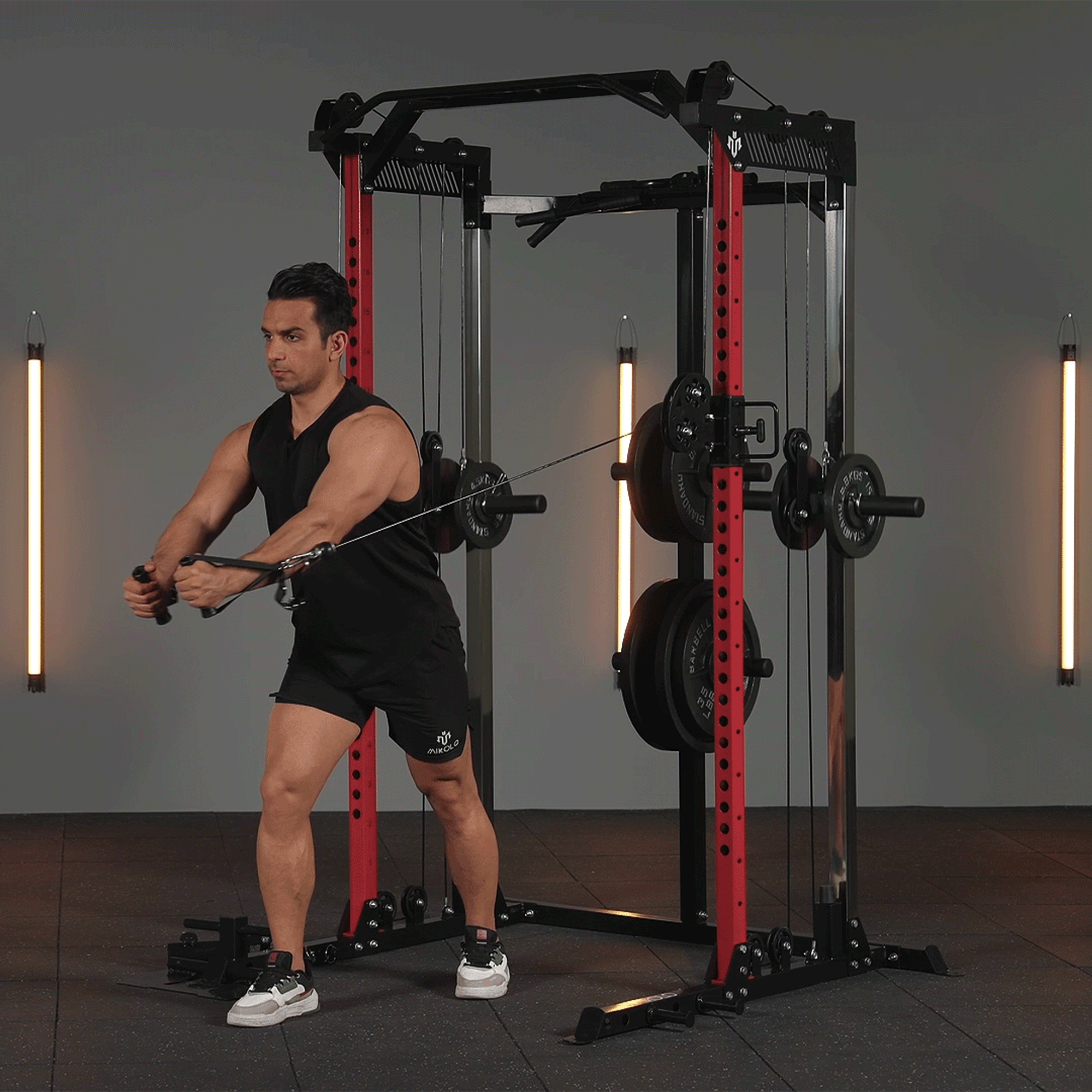




















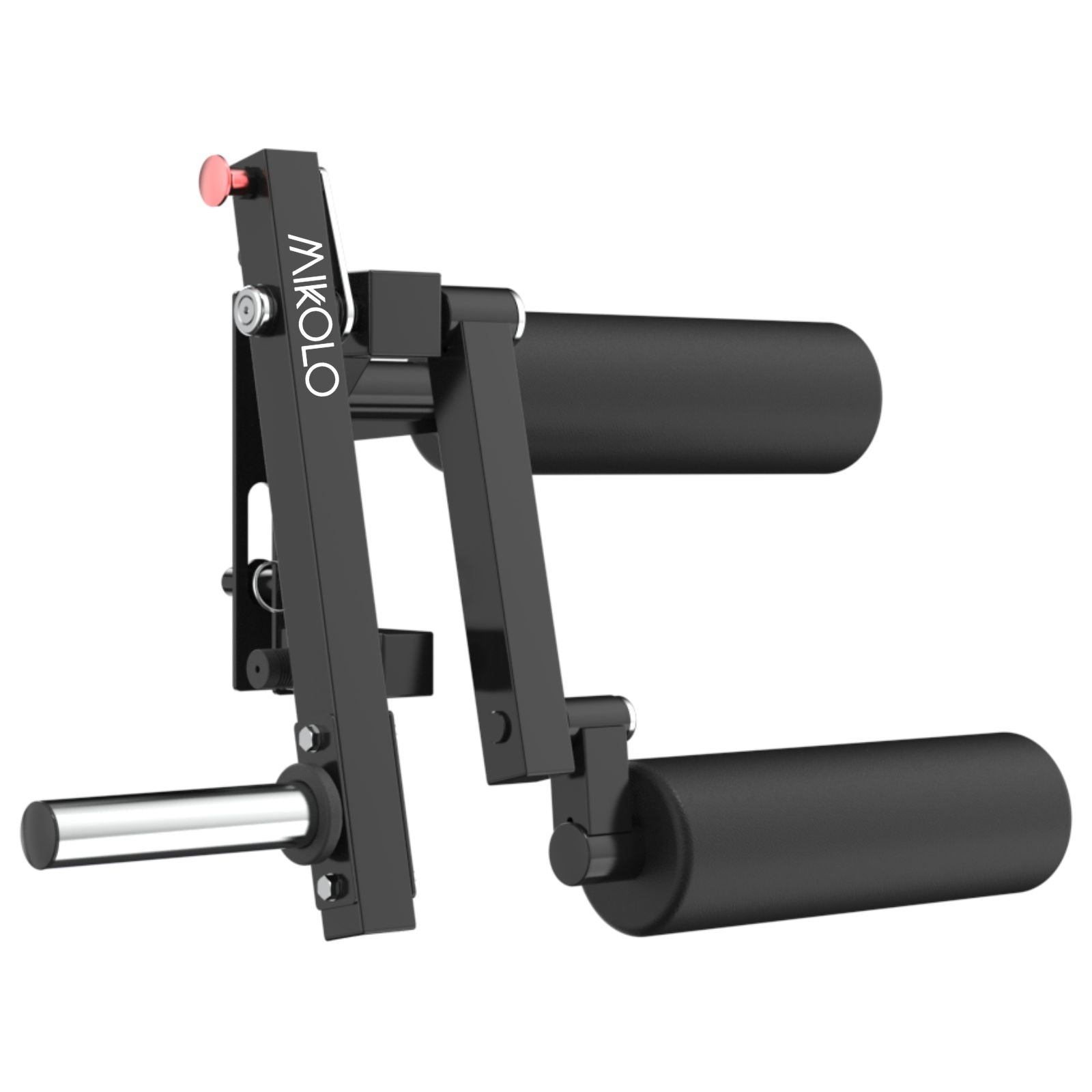















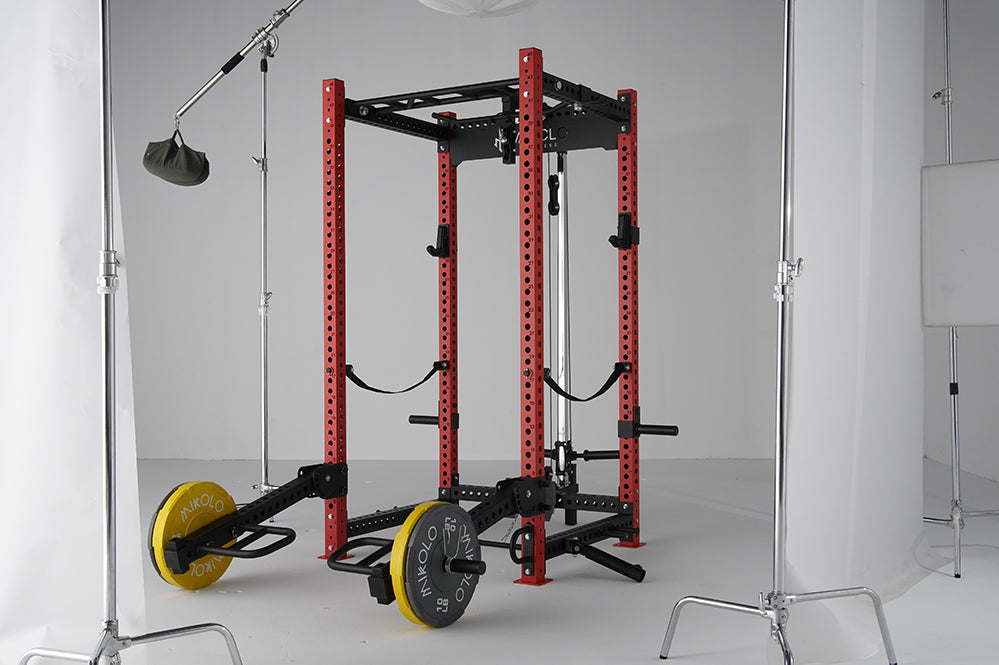
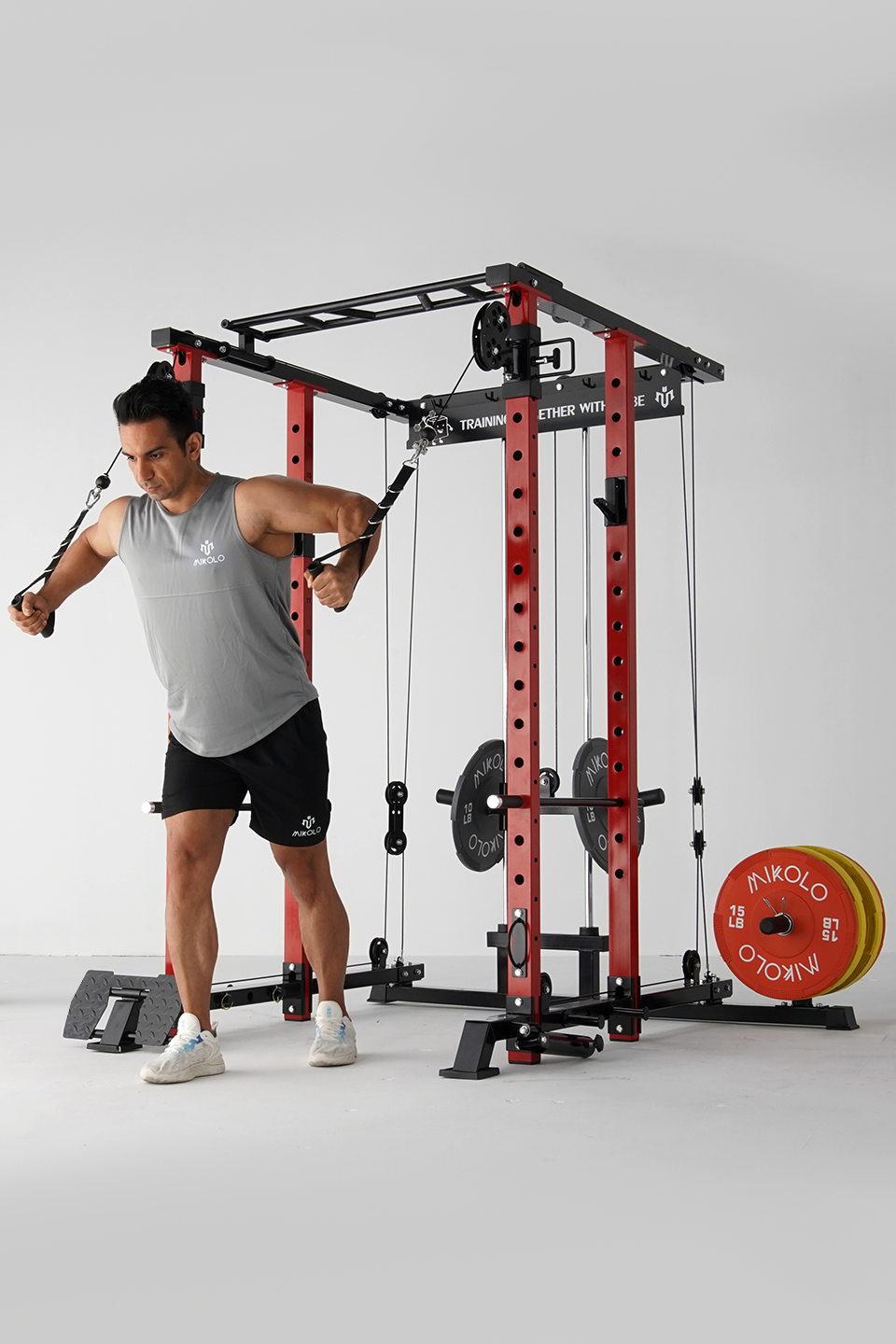
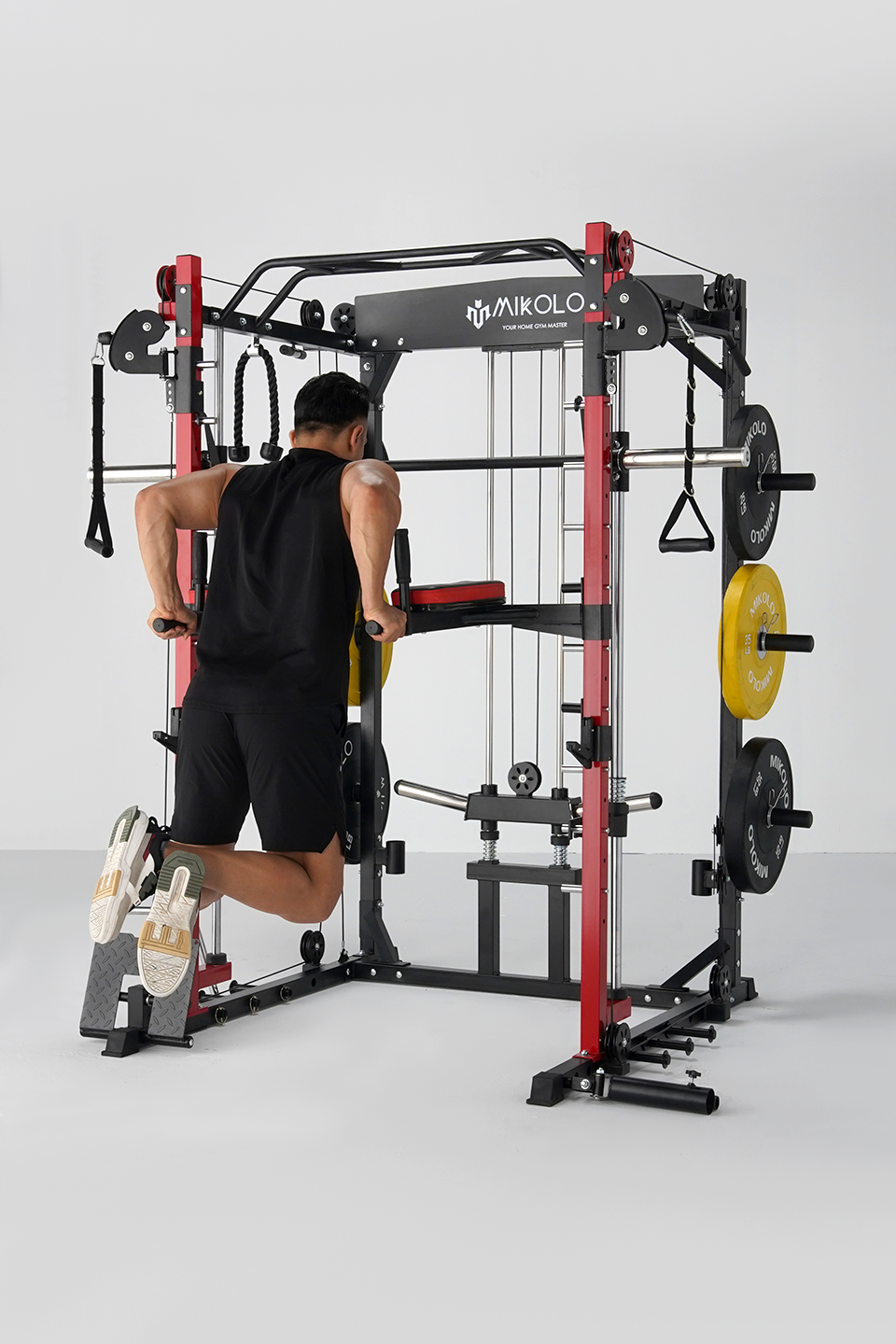


Leave a comment
This site is protected by hCaptcha and the hCaptcha Privacy Policy and Terms of Service apply.